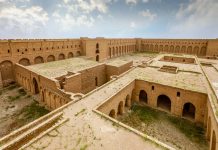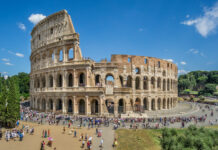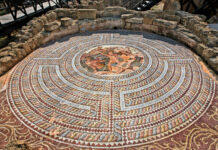Architectural Marvel
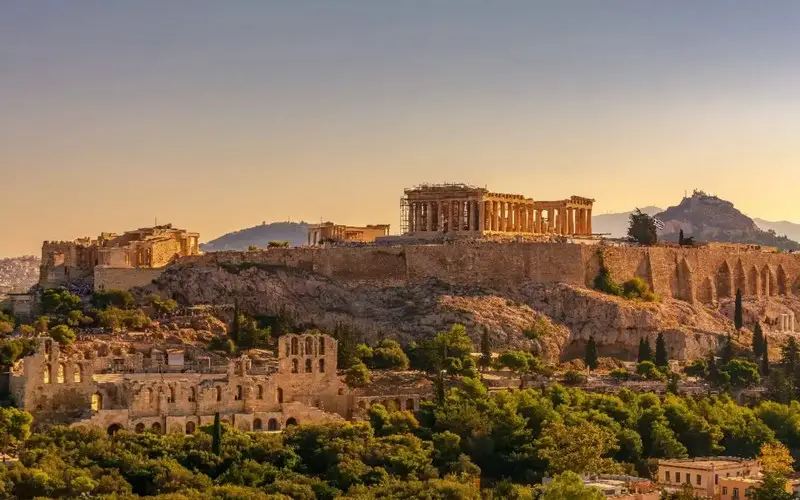
The Acropolis is home to some of the most iconic architectural masterpieces of antiquity, including the Parthenon, Erechtheion, and Temple of Athena Nike. Built during the Golden Age of Athens in the 5th century BCE, these structures showcase the exquisite craftsmanship and mathematical precision of ancient Greek architects and artisans.
Sacred Sanctuary

In ancient times, the Acropolis served as a sacred sanctuary dedicated to the goddess Athena, patron deity of Athens. The Parthenon, the largest temple on the Acropolis, was erected to honor Athena Parthenos (Athena the Virgin), symbolizing wisdom, warfare, and civilization.
Symbol of Democracy

The Acropolis holds immense significance in the development of democracy. It was here that the Athenian citizens gathered to participate in democratic governance, shaping the political landscape of ancient Greece. The principles of democracy espoused on the Acropolis continue to resonate throughout the modern world.
Marble Marvel
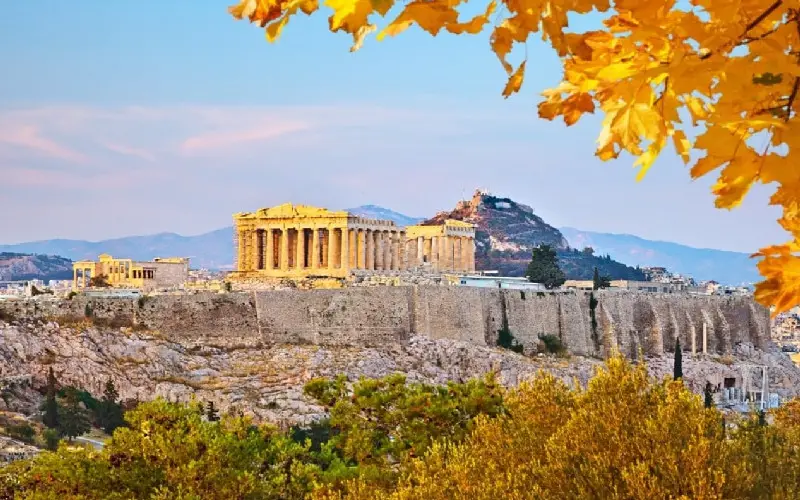
The gleaming marble that adorns the buildings of the Acropolis was quarried from Mount Pentelicus, located northeast of Athens. Known for its luminous quality and durability, Pentelic marble was highly prized by ancient Greek architects and sculptors, who used it to create timeless works of art.
Restoration Efforts
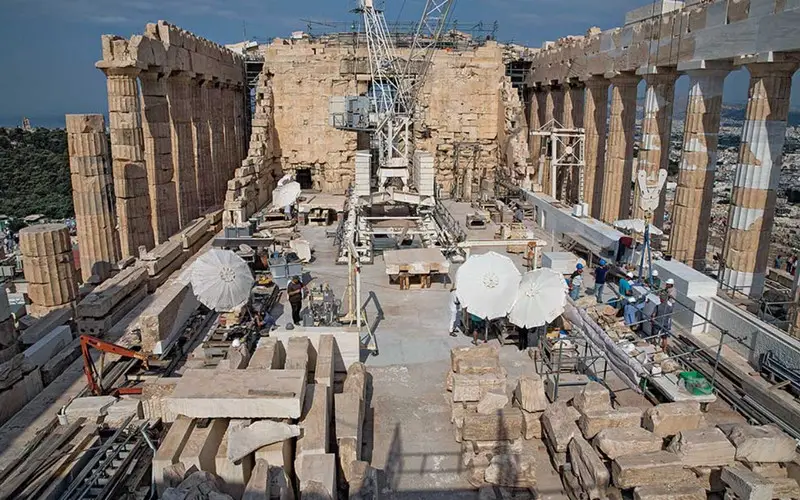
Over the centuries, the Acropolis has weathered natural disasters, wars, and human intervention. In the 19th and 20th centuries, extensive restoration efforts were undertaken to preserve and safeguard its architectural treasures. Today, ongoing conservation projects ensure that future generations can continue to marvel at the splendor of the Acropolis.
Elgin Marbles Controversy
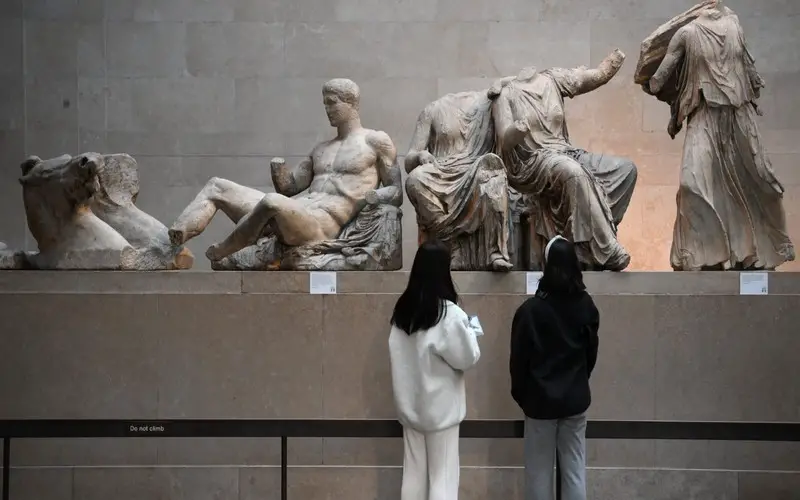
The Elgin Marbles, also known as the Parthenon Marbles, are a collection of ancient Greek sculptures that once adorned the Parthenon. These exquisite artworks were controversially removed from the Acropolis in the early 19th century by British diplomat Lord Elgin and are now housed in the British Museum in London. The debate over their rightful ownership remains a contentious issue between Greece and the United Kingdom.






